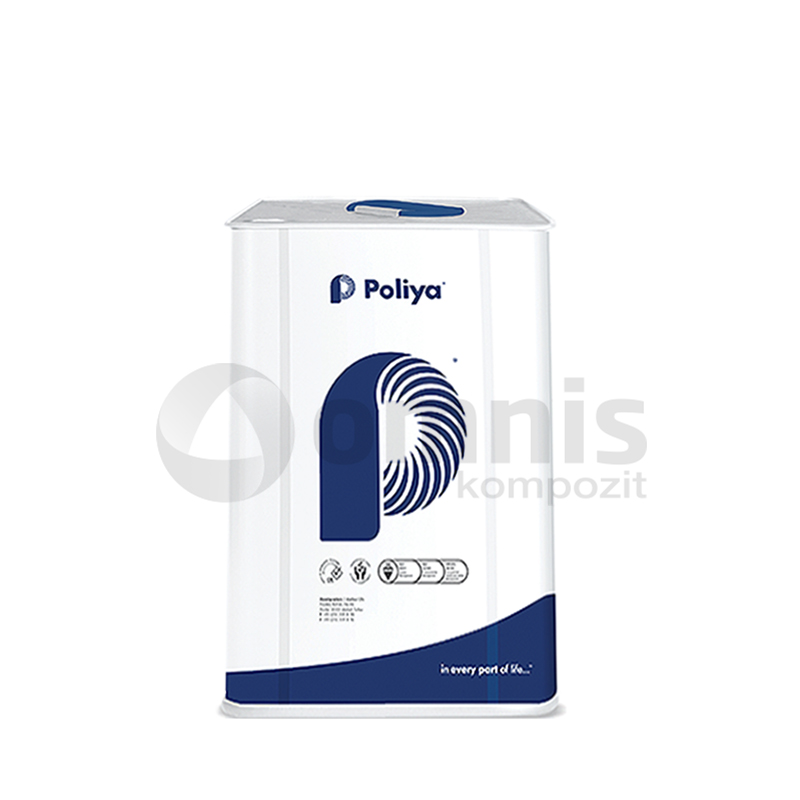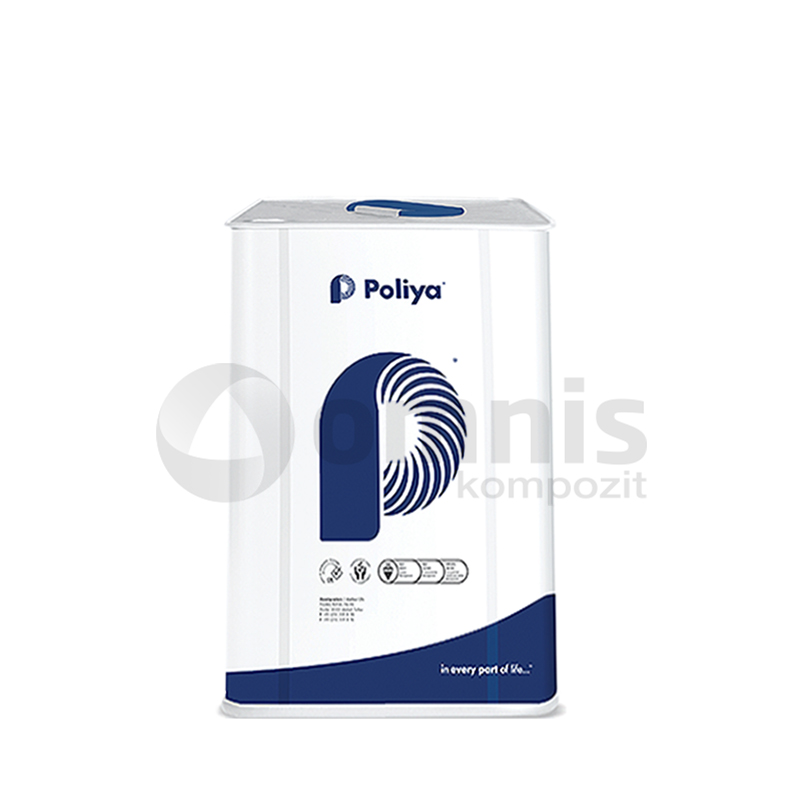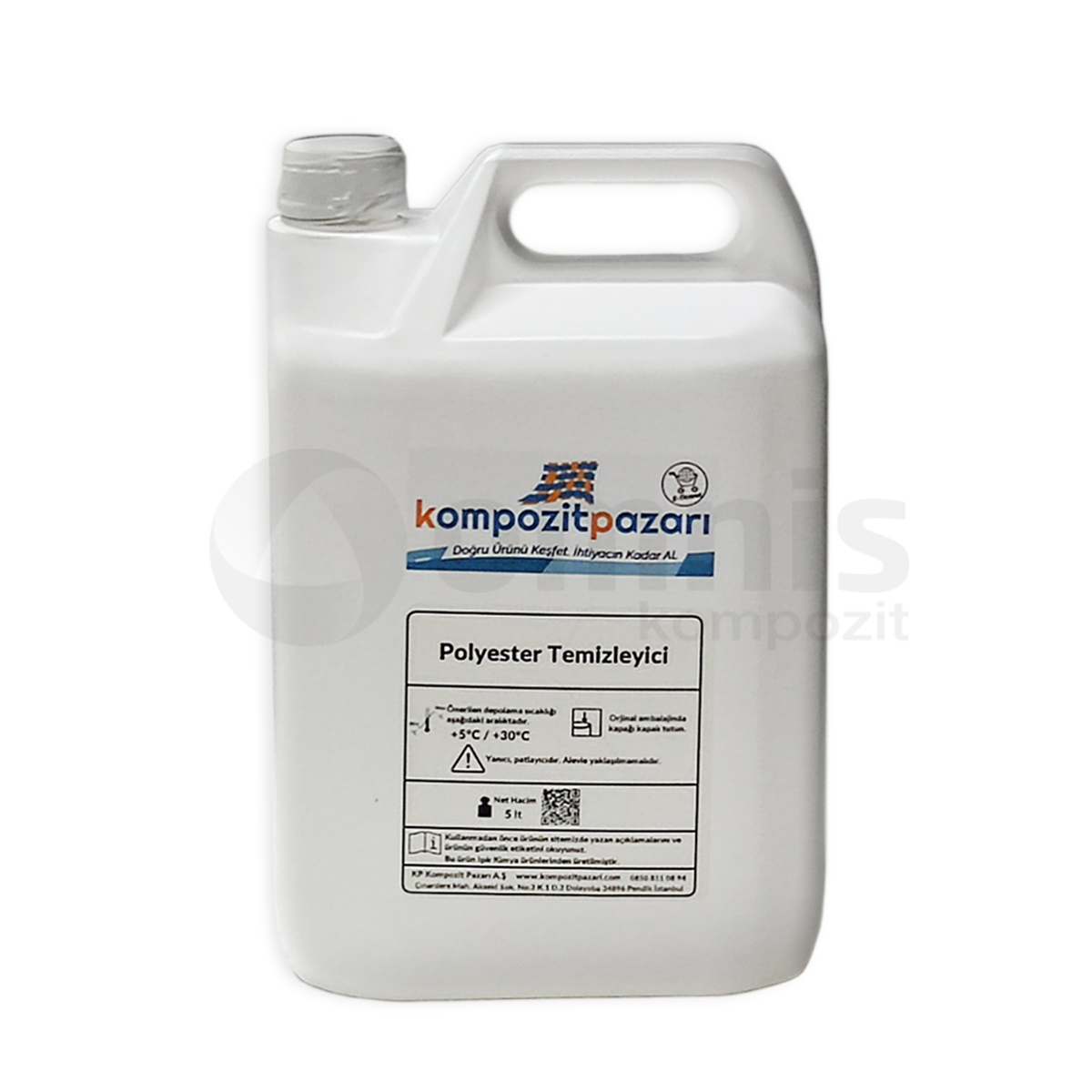Auxiliary Chemicals
Auxiliary chemicals in composite manufacturing are specialized substances used to enhance the processing, performance, and final properties of composite materials. These chemicals play a pivotal role in optimizing the manufacturing process, improving the ease of handling, and ensuring the quality and durability of the final product. From catalysts and accelerators that control the curing rate to mold release agents that ensure easy demolding, auxiliary chemicals are integral to achieving high-quality composites. Their use allows manufacturers to tailor the behavior and properties of composites to meet specific application requirements, ensuring superior performance in demanding environments.
How do auxiliary chemicals enhance the composite manufacturing process?
They enhance the composite manufacturing process by improving workability, reducing curing times, and ensuring the consistency and quality of the final product. For example, release agents facilitate the easy removal of parts from molds, while curing agents and accelerators speed up the chemical reactions that solidify the composite matrix. Additionally, auxiliary chemicals like surfactants can improve the wetting and dispersion of reinforcement fibers, leading to better mechanical properties and reduced defects in the final composite. The strategic use of these chemicals allows for more efficient manufacturing processes and enables the production of composites with superior performance characteristics.
What types of auxiliary chemicals are commonly used in composites?
The types of auxiliary chemicals commonly used in composites include mold release agents, curing agents, accelerators, surfactants, viscosity modifiers, and UV stabilizers. Mold release agents prevent the composite from sticking to the mold, ensuring a smooth surface finish and simplifying demolding. Curing agents and accelerators control the rate of the chemical reactions that solidify the resin matrix. Surfactants improve the dispersion of fibers within the resin, enhancing the composite’s strength and uniformity. Viscosity modifiers adjust the flow properties of the resin, facilitating impregnation of the reinforcement material. UV stabilizers protect the composite from degradation due to sunlight exposure, extending its service life.
Can they improve the mechanical properties of composites?
Yes, they can significantly improve the mechanical properties of composites. For example, surfactants can enhance fiber-matrix adhesion, resulting in composites with higher tensile strength and impact resistance. Similarly, curing agents and accelerators can optimize the cross-linking density in the resin matrix, leading to improved stiffness and thermal stability. By carefully selecting and applying auxiliary chemicals, manufacturers can tailor the mechanical properties of composites to meet specific performance criteria, making them suitable for a wide range of applications.
How are auxiliary chemicals applied in the composite manufacturing process?
They are applied in the composite manufacturing process through various methods, depending on their function and the specific manufacturing technique used. Some chemicals, like mold release agents, are applied directly to the mold surface before the composite lay-up. Others, such as curing agents and accelerators, are mixed with the resin before application to the reinforcement material. Surfactants and viscosity modifiers are also incorporated into the resin system to ensure uniform distribution and optimal processing characteristics. The precise application method is critical to achieving the desired effects of each auxiliary chemical within the composite manufacturing process.
Can they be used with all types of resin systems?
They are designed to be compatible with a wide range of resin systems, including polyester, epoxy, vinyl ester, and phenolic resins. However, the compatibility and effectiveness of a particular auxiliary chemical can vary between different resin systems. It is essential to select auxiliary chemicals that are specifically formulated for use with the chosen resin to ensure optimal performance and avoid any adverse reactions that could affect the quality of the composite. Manufacturers often provide compatibility information and guidelines for the effective use of auxiliary chemicals with various resin systems.
What role do auxiliary chemicals play in the curing process of composites?
They play a crucial role in the curing process of composites by controlling the rate of the chemical reactions that transform the resin from a liquid to a solid state. Curing agents initiate the curing reaction, while accelerators speed up the process, reducing the time required to achieve absolute cure. These chemicals can be precisely formulated to provide the desired cure profile, enabling manufacturers to optimize processing times and temperature requirements. By controlling the curing process, auxiliary chemicals help ensure that the composite achieves its maximum mechanical properties and dimensional stability.
Are there specific auxiliary chemicals for improving surface finish?
Yes, there are specific auxiliary chemicals formulated to improve the surface finish of composites. Mold release agents, for example, not only facilitate the easy removal of the part from the mold but also contribute to a smooth, defect-free surface. Polishing agents and surface modifiers can be applied post-curing to enhance the aesthetic appearance of the composite, providing a glossy or matte finish as desired. These auxiliary chemicals are essential for applications where the visual quality of the composite is as important as its structural performance.
How do they affect the overall durability of composites?
They significantly enhance the overall durability of composites by optimizing the matrix’s properties and the interface between the matrix and reinforcement materials. For instance, UV stabilizers protect composites from degradation caused by prolonged exposure to sunlight, preserving their mechanical integrity and appearance over time. Similarly, impact modifiers can be added to improve resistance to crack propagation under impact, which is crucial for maintaining the structural integrity of composites under harsh conditions. Antioxidants prevent oxidation of the matrix and reinforcement fibers, particularly in high-temperature applications, thereby extending the lifespan of the composite. Through the careful selection and application of these auxiliary chemicals, manufacturers can produce composites tailored to withstand specific environmental stresses, ensuring longevity and reliability in their end-use applications.
Can they be used to modify the viscosity of composite mixtures?
Yes, they can be used to modify the viscosity of composite mixtures, enabling manufacturers to tailor the flow properties of the resin system for specific processing techniques and applications. Viscosity modifiers, such as thickeners and diluents, are added to the resin to either increase or decrease its viscosity, respectively. A higher viscosity may be desirable for applications requiring the resin to stay in place on vertical surfaces or in intricate molds, while a lower viscosity is beneficial for processes like resin infusion or wet lay-up, where the resin needs to flow easily and saturate the reinforcement material. By adjusting the viscosity, auxiliary chemicals help ensure optimal impregnation of the reinforcement, eliminate air voids, and achieve a uniform distribution of the matrix, contributing to the quality and performance of the final composite part.





